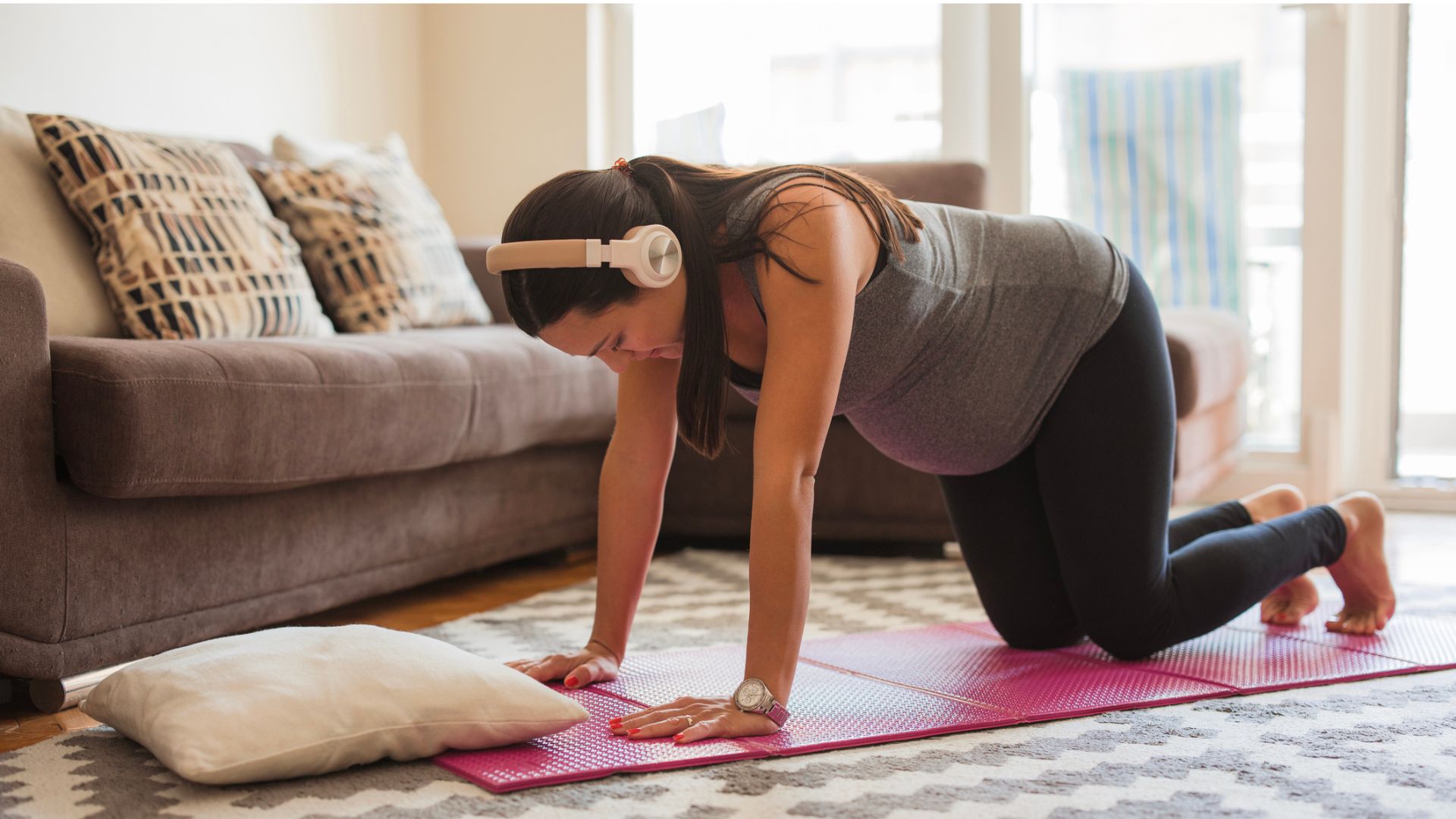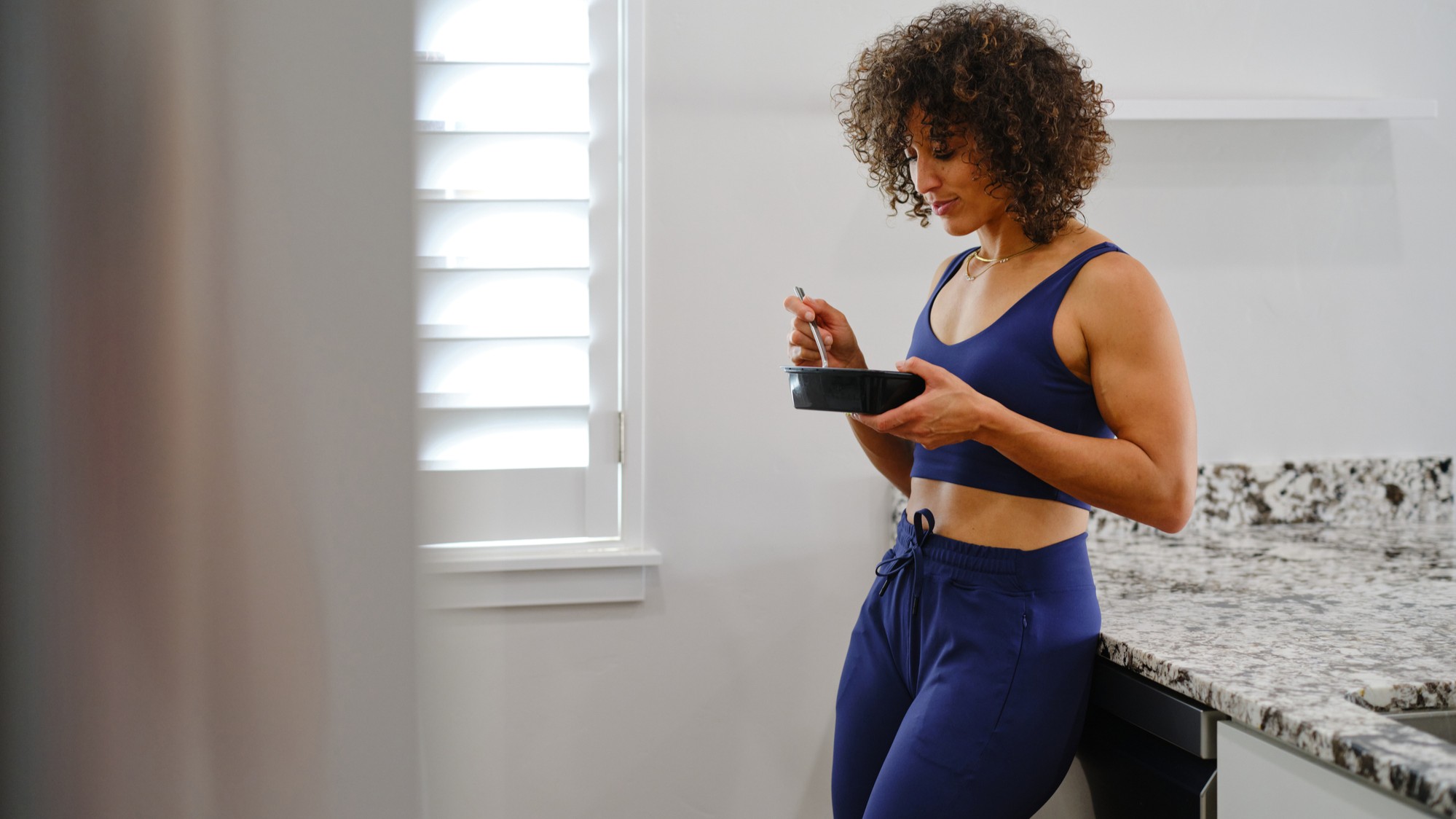How much exercise is needed to undo the damage of sitting all day?
Keep moving to undo the risk of early death due to too much sitting down, according to experts


It's common knowledge at this point that sitting down too much , heralded last decade as "the new smoking", is very bad for you. A sedentary lifestyle has been linked by more studies than we can count to a number of conditions such as prediabetes, weight gain, and cardiovascular problems in later life. If you don't have one of our best office chair entries, working sat down all day can also cause back pain and posture issues (for which you might need our best posture correctors).
However, you can mitigate the damage of a sedentary lifestyle by moving more and exercising in your free time – but just how much exercise do you need to do in order to eliminate the harmful effects of too much bum-on-chair time?
A study from the British Medical Journal sought to try and answer this question. Using The World Health Organisation's guidelines on exercise, which states "the health harms associated with prolonged sitting can be offset by exceeding weekly recommended physical activity levels", researchers looked at more than 44,000 people wearing activity trackers from four countries to try and identify how much movement is required to undo the damage of sitting.

They found "30 to 40 daily minutes of moderate to vigorous intensity physical activity substantially weakens" the heightened risk of death associated with it, bringing it down to levels associated with very low amounts of sedentary time. This includes regular physical activity, not just structured exercise.
Climbing the stairs instead of taking the lift, going for walks and gardening all count towards this daily 30-minute minimum goal. Likewise, set periods of exercise such as going for runs or bike rides, or working out in the gym, also count towards these 210 weekly minutes.
If you're struggling to get this done while stuck in your house or apartment due to COVID restrictions, consider an investment into the best treadmill or best elliptical machines, which allow you to keep moving during downtime activities like watching TV.
Some under-desk elliptical and nondescript treadmills can even be used underneath your desk, or at a standing workstation, allowing you to continue walking during the workday.
Get the Fit&Well Newsletter
Start your week with achievable workout ideas, health tips and wellbeing advice in your inbox.
Matt Evans is an experienced health and fitness journalist and is currently Fitness and Wellbeing Editor at TechRadar, covering all things exercise and nutrition on Fit&Well's tech-focused sister site. Matt originally discovered exercise through martial arts: he holds a black belt in Karate and remains a keen runner, gym-goer, and infrequent yogi. His top fitness tip? Stretch.
-
 I’m a personal trainer and I love this plank variation for building core strength and reducing back pain
I’m a personal trainer and I love this plank variation for building core strength and reducing back painThis one move could help you get a stronger core
By Maddy Biddulph
-
 Put down the protein shake—this high-protein chicken and rice recipe is a better way to refuel after a workout
Put down the protein shake—this high-protein chicken and rice recipe is a better way to refuel after a workoutAnd it only takes 10 minutes to make
By Lou Mudge